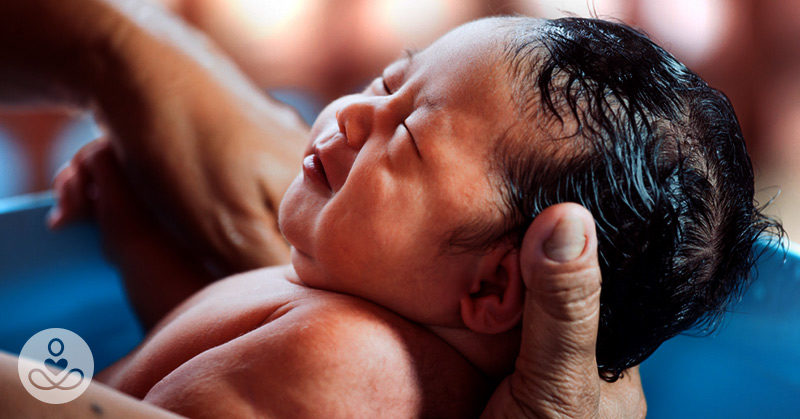There’s a reason why kids are always more attached to their mums than to their dads. It’s because their cells never really entirely leave their mums’ bodies; some stay back and work several medical wonders, an obstetric phenomenon known as fetomaternal microchimerism.
The word microchimerism was derived from the idea that a mother is sort of a smaller version of the mythical chimera in this case. It’s one of the most magical things about motherhood.
These cells don’t just stay there and float about; they heal the mums, protect them, and elongate their life spans.
This phenomenon was first discovered by Georg Schmorl, a 19th Century German scientist. His work was taken up centuries later by researchers and findings are still being made on a lot of issues concerning this phenomenon.
The Blood is the Flaming Chariot
During the course of the nine months gestation period, fetal cells exit the uterus through the placenta and pass into the mother’s blood. The cells are further transported to several organs in her body; her heart, lungs, liver, kidneys, pancreas, and even her skin layers.
According to the findings of Amy Boddy, top bio-science researcher, these fetal cells don’t just stay there and occupy space. They are stem cells with unusual markings on their surfaces and can differentiate into any type of cell, dependent on the tissue they migrate to. If they wind up in the liver or heart, they develop liver or heart cells.
Fetomaternal Cells are Healing Cells
Fetal cells are magical, but that shouldn’t be a surprise because babies are genuinely magical. These cells are thought to have the natural ability to stall the abnormal growth of breast cells, giving the mother a lower risk of suffering from breast cancer.
Fetal cells are also believed to give mothers low chances of developing neurodegenerative diseases in their old age, such as Alzheimer’s disease, Parkinson’s disease, and vascular dementia. Not all women are lucky enough to have sufficient fetal cells left in their bodies after childbirth.
The body naturally starts to clear and shrink these cells to death after parturition. Some of them are highly resistant to the natural process and survive even after a vast majority have been destroyed, protecting the mothers.
They also hasten up the healing process of the pregnancy scars, tissue stretches and in severe cases, internal bleeding. Fetal cells rush to the surface of cuts gotten from C-section and help to quicken the healing process. Babies are tiny angels.
An unfortunate downside: The fetal cells may possibly debilitate Mummy’s immune system.
In spite of the angelic nature of babies, there are still unconfirmed chances that their remnant fetal cells can affect the immune system of the mother. It’s reasoned to be as a result of adverse chemical reactions between the different chromosomes in the mother’s organs and the fetal chromosomes.
Research also indicates that women tend to suffer from autoimmune diseases at a higher rate than men, and it is thought that these remnant cells could possibly be playing a role. Autoimmune diseases occur when the immune system is tricked into fighting the body itself. In this case, the foreign fetal tissue may be triggering a response. Types of autoimmune diseases include Graves’ disease, systemic lupus erythematous and Addison’s disease.
Biologists insist that research must still go on because there’s still so much to discover and investigate about the migration of fetal cells. This phenomenon shows that parturition can never be one-hundred percent complete; some parts of the baby will always remain in the mother. How much more solid can a bond get?
Sources
- Yasemin Saplakoglu. 2018, June 28. Why does a mother’s body keep some of her baby’s cells after birth? Retrieved from https://www.livescience.com/62930-why-mom-keeps-baby-cells.html
- Amy Boddy profile. Retrieved from https://www.researchgate.net/profile/Amy_Boddy3
- Gavin S Dawe. 2007, March 27. Cell and Migration. Retrieved from https://www.ncbi.nlm.nih.gov/pmc/articles/PMC2633676/
- Amy Boddy. 2015, August 28. Fetal microchimerism and maternal health: A review and evolutionary analysis of cooperation and conflict beyond the womb. Retrieved from https://onlinelibrary.wiley.com/doi/full/10.1002/bies.201500059

